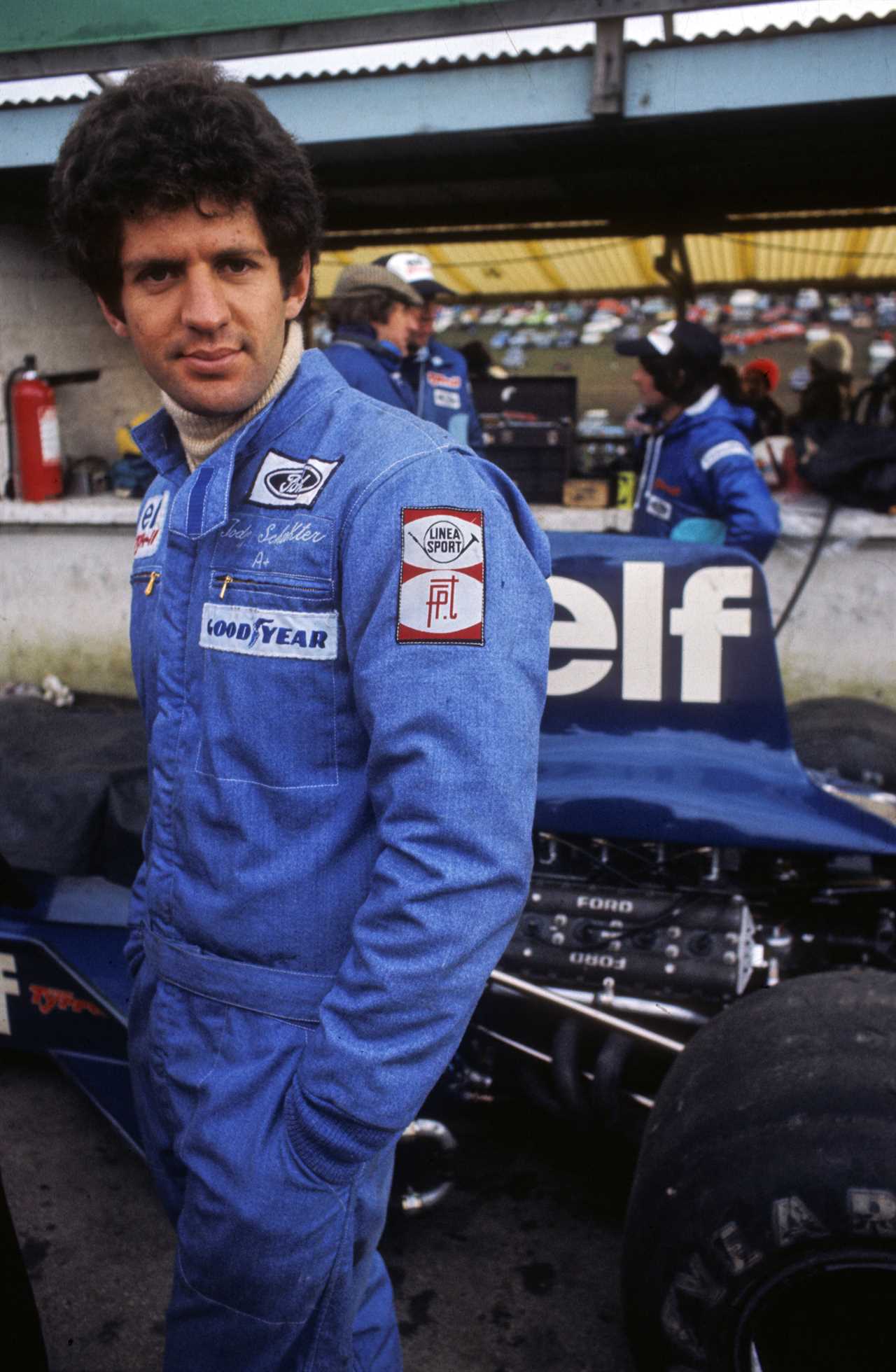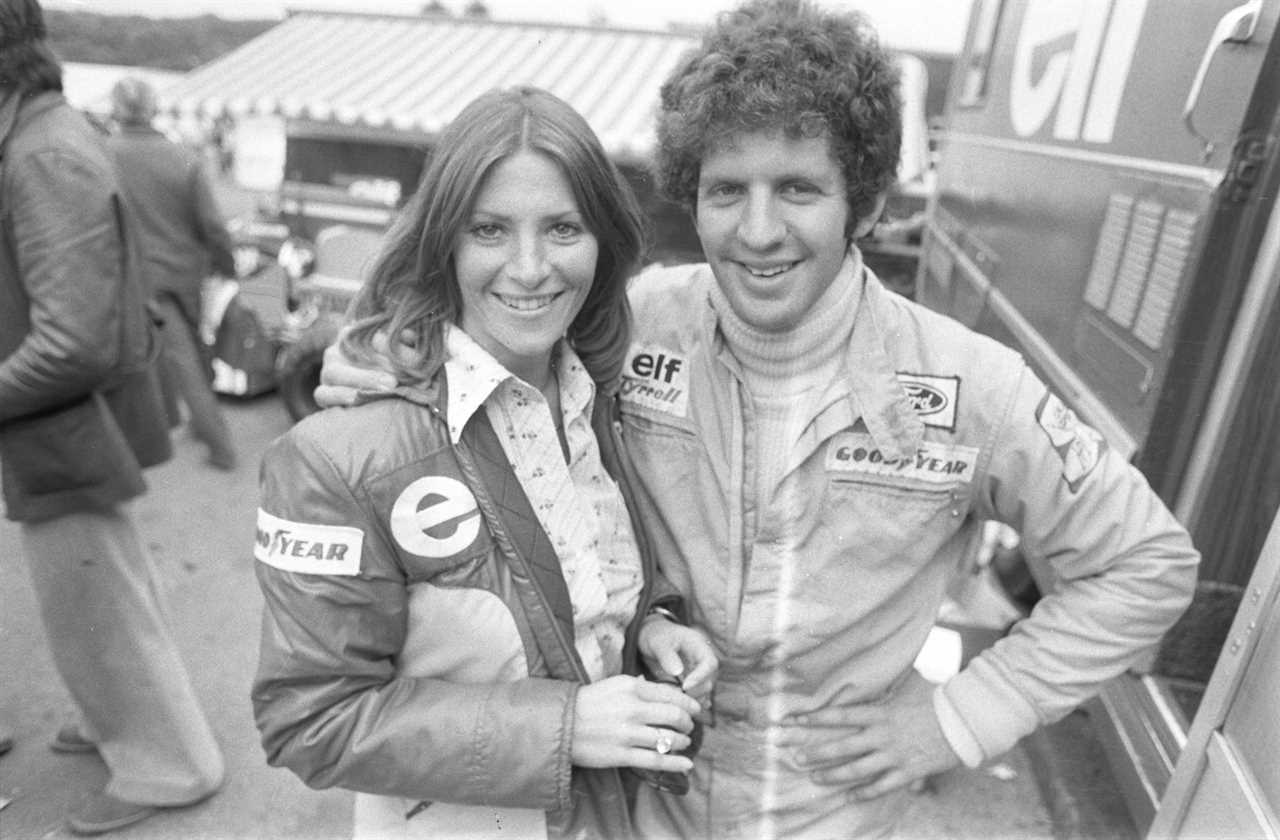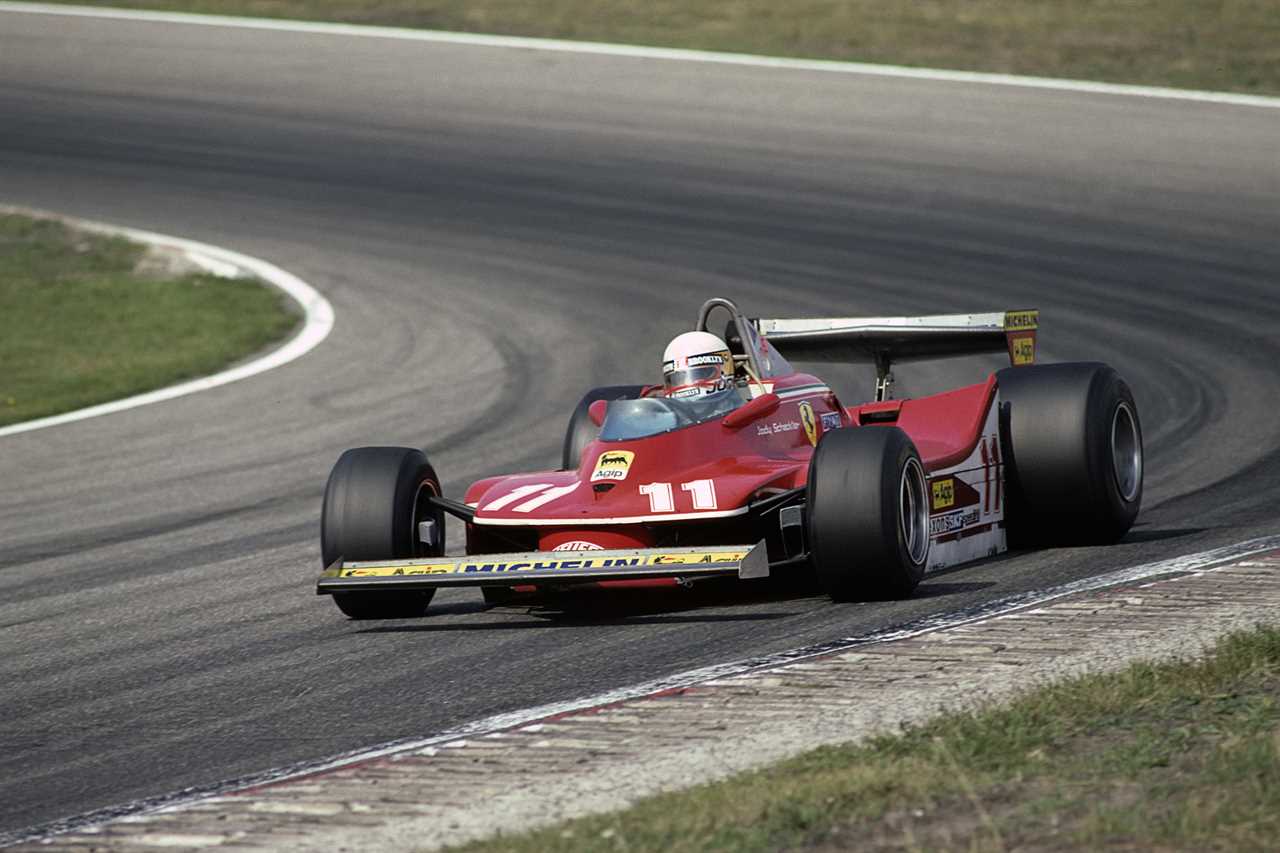
A Storied Racing Career
Jody Scheckter holds a distinguished place in Formula One history as the only African driver to win a Grand Prix and secure a world championship. Born on January 29, 1950, in East London, Cape Province, South Africa, Scheckter's talent behind the wheel led him to compete for prestigious teams such as McLaren, Tyrrell, Wolf, and Ferrari. Over his 112 race starts, he clinched 10 victories, culminating in his championship triumph with Ferrari in 1979.
Overcoming Early Challenges
Scheckter's entry into F1 was anything but smooth. He debuted in 1972 and quickly earned a reputation for erratic driving, earning the label of a "madman" from rival Emerson Fittipaldi after a significant crash at the 1973 French Grand Prix. The situation worsened with a massive collision at the British Grand Prix, one of the sport's largest crashes, leading many, including the Grand Prix Drivers Association, to call for his removal from racing. Despite these setbacks, McLaren gave him a chance to regroup, allowing Scheckter to refine his skills and focus on safety following the tragic 1974 incident where he was the first responder to Francois Cevert's fatal crash.
Triumph with Ferrari
Scheckter's perseverance paid off when he secured the F1 world championship in 1979 with Ferrari, marking the last time the iconic team would win a title until Michael Schumacher's success in 2000. After one more season with Ferrari, Scheckter retired in 1980, leaving a legacy as South Africa's sole F1 champion and race winner.
Transition to Business and Broadcasting
Post-retirement, Scheckter ventured into various fields. He served as a pundit for several broadcasters, including ITV, sharing his extensive motorsport knowledge. His entrepreneurial spirit led him to establish a weapons simulation company in the United States, which saw impressive growth, reaching revenues exceeding £100 million by the early 1990s.

A New Chapter in Organic Farming
In a dramatic career shift, Scheckter left the high-octane world of racing and firearms to embrace organic farming. He acquired a 2,500-acre farm in Hampshire, known as Laverstoke Park Farm, implementing biodynamic farming principles that exclude synthetic fertilizers, pesticides, and herbicides. The farm became home to sheep, cows, and water buffalo, the latter being integral to producing mozzarella cheese on a large scale—a first for the UK in 2009.
Success and Recognition
The farm thrived, offering a range of products including ice cream and sparkling wine. It garnered several awards, including the Taste of Britain accolade, and secured notable clients such as Waitrose, Ocado, and Gourmet Burger Kitchen. Additionally, Laverstoke Park Farm became the venue for the annual CarFest South, an event that raises over £1 million each year for UK children's charities, and hosted the Universal Cookery and Food Festival in 2016.
Facing Economic Hurdles
Despite its achievements, the farm faced significant financial pressures. In early 2024, Scheckter announced the closure of the buffalo farming and cheese production operations, citing unprecedented cost increases, particularly in energy, which had more than doubled. Efforts to diversify products and adopt new production methods were insufficient to counter the rising expenses, leading to the difficult decision to wind down these segments. However, the farm continues to operate as a compost site, managing green waste and producing compost, while CarFest events remain ongoing without anticipated changes.
Legacy and Family
Scheckter's passion for racing runs in the family, with his sons Toby and Tomas following in his footsteps. Toby reached Formula 3 and won the SKUSA SuperNats kart finals in Las Vegas in 2004, while Tomas competed in Formula 3 before transitioning to IndyCar, where he raced from 2002 to 2011.

A Multifaceted Legacy
Jody Scheckter's journey from a celebrated F1 champion to a pioneering organic farmer exemplifies his versatility and resilience. His ability to excel in diverse fields—from motorsport to business and sustainable agriculture—underscores a remarkable legacy that continues to inspire both racing enthusiasts and advocates of environmentally conscious farming.
Frequently Asked Questions
What kind of communication systems do F1 teams use during a race?
F1 teams rely on sophisticated communication systems in order to stay in constant touch with their drivers, race engineers, strategists, and race engineers during a race. These systems include radio communication for voice and telemetry to transfer data. Teams use encrypted digital systems to communicate clearly and securely in high-noise environments. Teams can use these systems to make real-time decision and provide drivers with crucial information about the performance of their cars, race strategy and competitors' status.
What innovations have improved fuel efficiency in Formula 1 engines?
Fuel efficiency in Formula 1 engines has improved through several key innovations. Turbocharging is a way to increase power in smaller engines with less fuel. Direct fuel injection provides precise fuel delivery for better combustion efficiency. Energy Recovery System systems (ERS) are used to capture and reuse wasted energy. This reduces fuel consumption. These and other developments contribute to modern F1's efficiency and sustainability.
What's the purpose of the new Formula 1 halo?
The halo safety device was introduced into Formula 1 as a way to protect a driver's face from impacts and debris. The halo is a titanium device that sits over the cockpit. It can withstand significant forces and has been credited for saving lives and preventing injuries since its introduction. The halo was incorporated into the design of modern Formula 1 cars to demonstrate their commitment to driver's safety.
Statistics
- Formula 1 tires lose weight during a race due to wear and degradation, with up to 0.5 kg shed from each tire.
- In 2021, Formula 1 announced its plan to have a net-zero carbon footprint by 2030, which includes the cars, on-track activities, and the rest of the operations.
- Wind tunnel testing for Formula 1 cars is limited by regulations, with teams only allowed a maximum of 40 hours of running per eight-day aerodynamic testing period.
- Modern Formula 1 car chassis are required to withstand a frontal crash test with a peak deceleration of no more than 25 g.
- The minimum weight for a Formula 1 car, including the driver but excluding fuel, is set at 752 kg for the 2023 season.
- Formula 1 engines can rev up to 15,000 RPM, a decrease from the 18,000 RPM limit set prior to the 2014 regulation changes.
- The halo device introduced into Formula 1 in 2018 is designed to withstand the equivalent weight of a London double-decker bus.
- Formula 1 races on average have over 300 sensors on a car, generating more than 1.5 billion data points over a race weekend.
External Links
How To
F1 Fuel Efficiency: What you need to Know
For a better understanding of Formula 1's fuel-efficiency innovations, you should research hybrid power units as well as the current engine rules that promote fuel efficiency. Study the MGU, MGUK, MGUH, and turbochargers that can reduce fuel usage and recover energy. Publications that describe the aim of a 100% sustainable fuel and how teams are optimizing the fuel strategy for races to achieve maximum efficiency using the power units they have available should be examined.
Did you miss our previous article...
https://sportingexcitement.com/formula-1/f1-2025-new-season-schedule-track-lineup-revealed
 CricketBoxingFormula 1GolfHorse RacingPremier LeagueTennisPrivacy PolicyTerms And Conditions
CricketBoxingFormula 1GolfHorse RacingPremier LeagueTennisPrivacy PolicyTerms And Conditions
